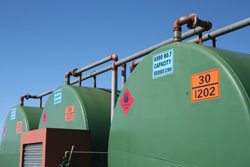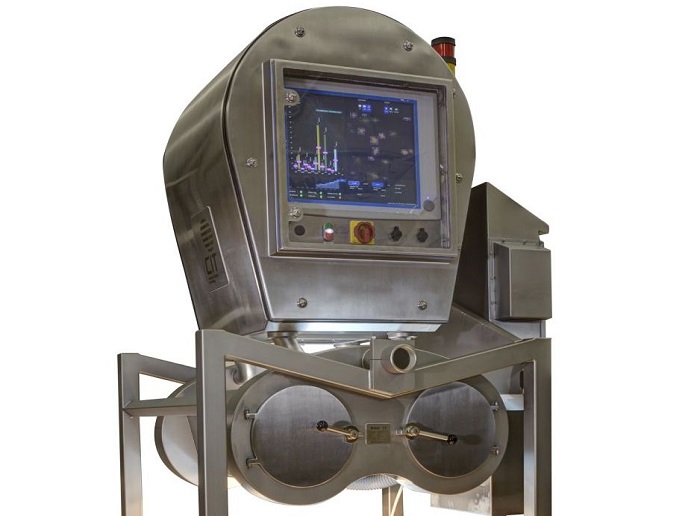Experimental data for flashing liquid jets
Leaks of combustible fluids, whether caused by human error or equipment malfunction, can cause flashing that can lead to a fire if accidentally ignited. Organisations from four different Member States joined forces during the FLIE project to study flashing liquids in detail. Support was provided by the EU's Energy, Environment and Sustainable Development Programme. One of the participants, the Von Karman Institute for Fluid Dynamics in Belgium, performed a number of experiments in the laboratory. Several different laser-based optical techniques were employed to collect data near the point of release. Additional information regarding particle size and velocity was obtained with high-speed video photography and temperature sensors. The team identified which techniques worked best in certain conditions. For example, Particle image velocimetry (PIV) was well-suited to studying two-phase jets. In addition, problems with ice forming on the thermocouples used to measure temperature were avoided by controlling the relative humidity. Finally, the data was analysed to determine how various parameters, such as initial pressure, influence flashing. It is expected that updated regulations based on the findings of the FLIE project may reduce the number of flashing accidents at chemical and other industrial plants.







